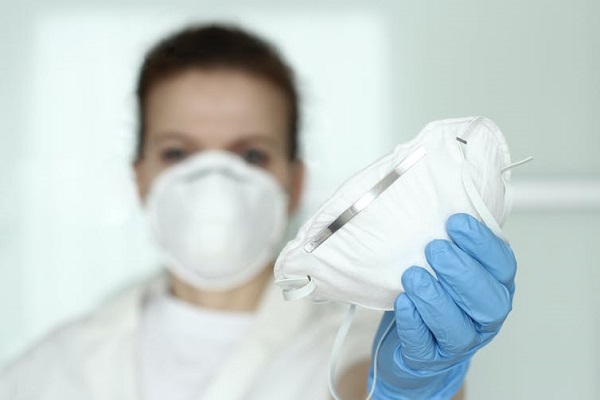Health: Most effective face-mask practices to reduce spread of infection of COVID-19
A new study has provided guidance for increasing the effectiveness of face masks to reduce the spread of respiratory infectious pathogens including SARS-CoV-2.

Arlington [US]: A new study has provided guidance for increasing the effectiveness of face masks to reduce the spread of respiratory infectious pathogens including SARS-CoV-2.
The research has been published in the 'American Journal of Infection Control'. Face masks are used to reduce the spread of infectious viruses such as SARS-CoV-2 that are transmitted by respiratory aerosols and droplets produced during activities such as talking, breathing and coughing. The US Centers for Disease Control and Prevention (CDC) recommended a mask that is multi-layered, covers the nose and mouth and forms a tight seal against the face.
"The performance of face masks as devices that control infection spread depends upon both the ability of the mask material to filter aerosols and on how well the mask fits the wearer," said Francoise M. Blachere, MSc., Research Biologist, of the National Institute for Occupational Safety and Health (NIOSH), and the paper's lead author.
Also Read |
ICMR: COVAXIN neutralises multiple variants of SARS-COV-2, double mutant strain
Blachere and colleagues used both human subjects and simulator manikins to evaluate the performance of multiple mask types, combinations, and modifications. The researchers conducted a variety of experiments that simulated coughs and exhalations and then measured the efficiency of the masks at blocking respiratory aerosols.
Results showed that layering a three-ply cloth mask over a medical mask (double masking) or securing a medical mask with an elastic brace provided the best protection against respiratory aerosols. Medical masks without modification blocked >56 per cent of cough aerosols and >42 per cent of exhaled aerosols; comparatively, placing a cloth mask over a medical mask blocked >=85 per cent of cough aerosols and >=91 per cent of exhaled aerosols, and adding a brace over a medical mask blocked >=95 per cent of cough aerosols and >=99 per cent of exhaled aerosols.
Also Read |
Lifestyle: Mask may not be a must for now, say experts
Using ear loop toggles or an ear loop strap, or knotting and tucking the mask, also increased performance as compared to medical masks without modification. Two other mask-fit modifications, crossing the ear loops or placing a bracket under the mask, did not increase performance.
"Since the start of the COVID-19 pandemic, there has been considerable confusion about the most effective use of face masks, especially among the general public, to reduce the spread of infection," said Ann Marie Pettis, BSN, RN, CIC, FAPIC, and APIC 2021 president. "The NIOSH study findings are important and timely because they identify specific, practical combinations of face masks and mask modifications that may improve mask seal and thereby measurably reduce the expulsion of infectious aerosols into the environment," Pettis concluded. (ANI)
 Dynamite News
Dynamite News 